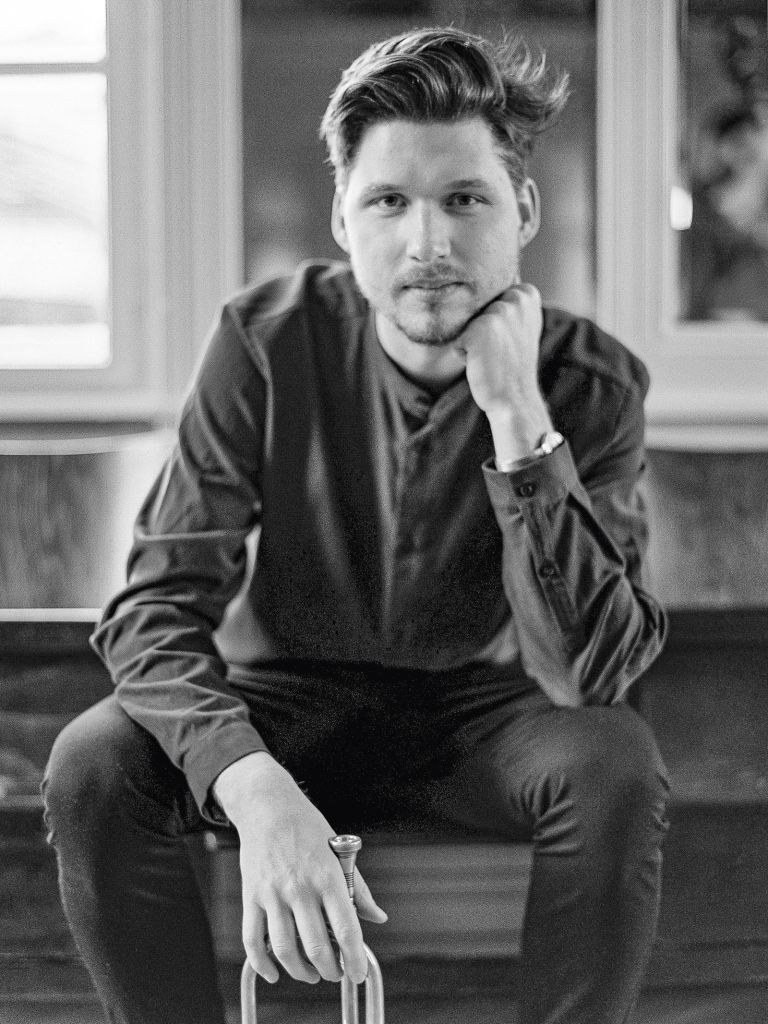What do the arts have to do with the Earth’s climate?
To me, sustainability means interacting and living such that how I act and what I do helps, sparks joy in, and benefits not only me but also the people around me as well as at least the next six generations who’ll come after me.
Climate change is relevant to the cultural world because it affects all of us: all people, all ethnicities, all continents, all occupations, all lines of work. And it’s precisely because of this that it can become a unifying issue. But the fact that it affects people of privilege in the global North less strongly than the global South also makes obvious the great social disparities between us as nations and as generations.
Art can change the world by dealing with it on deep levels, bearing witness to what is, and making visible the process of our own transformation. Art creates spaces where people can get to the bottom of issues together, and it’s capable of touching our deepest, innermost core and bringing forth experiences and realisations that can deeply affect our lives, shake us awake, and bring about change.

Climate change makes itself noticed in my work as reactions to it in practical terms—like how the wellenklænge Festival is now a “green event”, how Federspiel’s current programme Albedo deals with the climate crisis, and how the project minciospace_ is being planned as a zero-energy building that will satisfy the highest environmental standards.
My personal contribution to climate protection is to accord space to climate protection as a topic as well as to the climate crisis, sustainable social change, and societal transformation in my work and in my everyday world. This can be by making a theme of it in the context of the festival itself or onstage with Federspiel or in wellenklænge’s selection of artists and speakers.
For the future, I hope for a culture of acceptance and esteeming interaction on an equal footing as well as for all of us to be taken seriously as human beings in light of our mutually dependent relationship with the Earth. We’re all are sitting in the same boat.
In our series “What does art have to do with the Earth’s climate?” the “Green mdw” initiative invites concerned individuals to speak out on their personal approaches to this issue. After all, the connections are obvious—or are they? Just how diverse are the perspectives from which mdw faculty members, students, staff, and alumni as well as other active artists think about our climate, sustainability, and their own professional practice?
These questions are answered here by the musician and composer Simon Zöchbauer, who heads the wellenklænge Festival in Lunz am See and has founded teaching programmes for composer-performers (CPM-Lab and we:create) as well as the minciospace_—a place of work and development for artists who focus on art and its societal relevance. In all of his projects, Zöchbauer addresses the question of how art can support societal transformation. He also strives to promote a sustainable culture as a context of action, interaction, and work—in the artistic realm and beyond.

